1. Zhouzhuang Ancient Town
Zhouzhuang is known as the "Most Famous Water Town in China". As one of China's first group of scenic spots that were granted 5A status, Zhouzhuang is also a world cultural heritage candidate, a global green town and one of the 10 most beautiful towns in the world. It is surrounded by water and crisscrossed by many rivers. Local people used to rely on boat for travelling. It has 14 well-preserved ancient bridges straddling its crisscrossing rivers, all of which were built in the dynasties of Yuan, Ming or Qing. The 800-plus native households all live next to rivers, still following their traditional lifestyles. Statistics show that there are nearly 1,000 ancient residences, 60% of which (about 800,000 sqm) were built in the dynasties of Ming and Qing. These well-protected riverfront buildings, together with old bridges and small rivers, form a picturesque waterscape.
Opening hours: 8:00-19:00
Ticket price: RMB 100/person
Recommended sites: 1) Twin Bridge 2) Zhang's Hall 3) Shen's Hall 4) Zhenfeng Cultural Street 5) Former Residence of Shen Wansan 6) Chengxu Taoist Temple 7) Old Drama Stage 8) Huajiantang Inn 9) Zhenfengtang Cultural Inn 10) 1086 Slow-life Residential Block
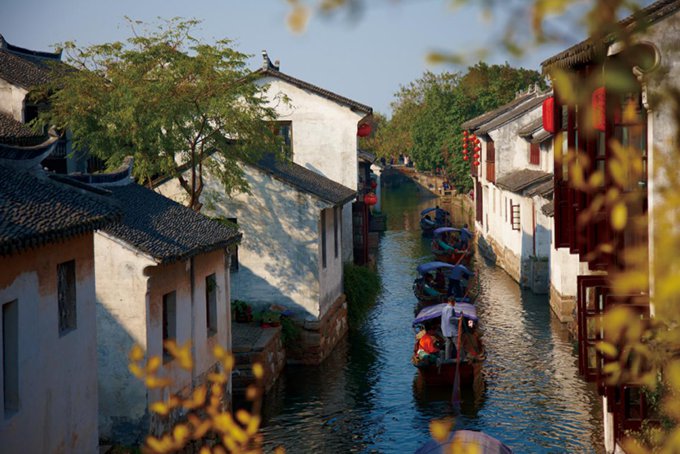
2. Jinxi Ancient Town
Jinxi is a national 4A scenic spot and hailed as China's No.1 Capital of Folk Museums. The town is cut through by a river lined with peach trees on its banks. Under the rising and setting sun, the glittering river looks like a colorful landscape painting. This is how Jinxi, which literally means "colorful river", came to be used as the name of the town. Eight kilometers from Zhouzhuang, Jinxi is situated in the southwest of Kunshan. It is surrounded by Dianshan Lake to its east; Cheng Lake to its west; Wubao Lake to its south; and Fanqing and Bailian lakes to its north. It offers an ideal respite for your soul. Here, you can feel the profound love of an emperor for his concubine; experience the glory of ancient kilns; relish the beauty of moon-lit lotus ponds; or immerse yourself in a millennia-old view of fishing boats returning home under a setting sun.
Ticket price: RMB 65/person
Recommended sites: 1) Ancient Tile Museum 2) Maruote Clay Sculpture Hall 3) China Jinxi Ballad Art Center 4) Zhang Sheng Art Gallery 5) Lianchi Temple 6) Concubine's Water Tomb 7) Wenchang Pavilion 8) Jiwu Teahouse 9) Tingshang Classic Inn
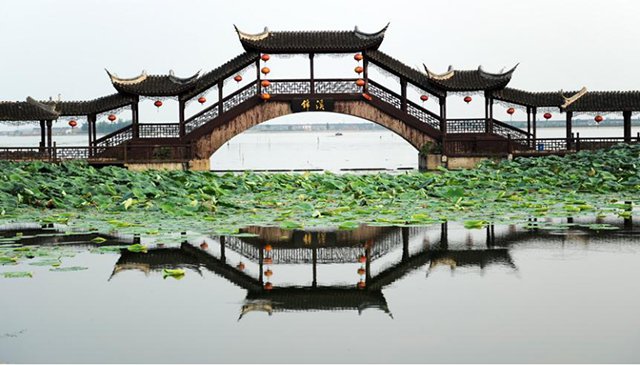
3. Ancient Brick Kiln in Zhudian
Located west of Changbai Dang in Jinxi, the project is divided into two phases, with Cui Kai, an academician of the Chinese Academy of Engineering, acting as the chief designer of the project. The first phase began in October 2015 and was completed in November 2016. It was mainly to transform the deserted ancient brick kiln in the village of Zhudian into a brick kiln museum to showcase the local brick-making history. The second phase is designed to host homestay services and creative industries.
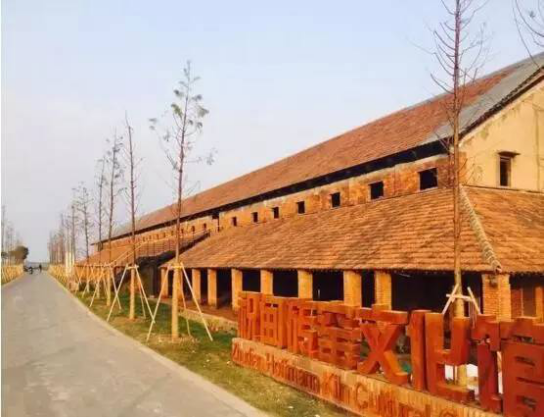
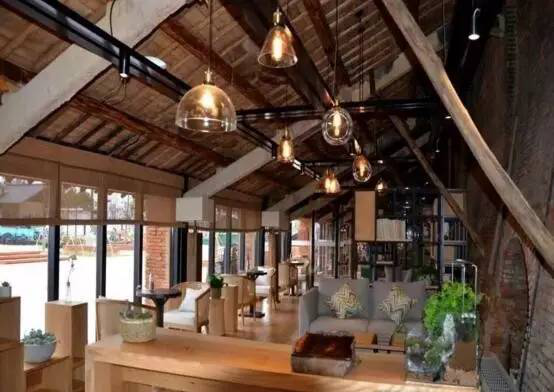

4. Qiandeng Ancient Town
Qiandeng AncientTown is a national 4A scenic spot where there is the most famous flagstone street in China. This 1,500-meter street is lined with many old residences built in the Ming and Qing dynasties as well as during the early 1900s. Qiandeng is the birthplace of Gu Yanwu (1613-1682), a prominent thinker living at the turn of the Ming and Qing dynasties. His famous saying "every man alive has a duty to his country" has inspired countless people to make selfless contributions to their country. Qiandeng is also the birth place of Gu Jian, the father of the Kunqu Opera, which is the origin of many other Chinese opera variations. Apart from the ancient flagstone street, residences and Qinfeng Tower, you will also find your tour enhanced by a culturally rich experience of opera, religion and the Liangzhu culture which dates back over 5,000 years.
Ticket price: Access to the town is free. A RMB 60 all-in-one ticket is required for access to the scenic sites.
Recommended sites: 1) Ancient Flagstone Street 2) Former Residence of Gu Yanwu 3) Memorial Hall of Gu Jian 4) Yanfu Temple and Qinfeng Tower 5) Qiandeng Hall
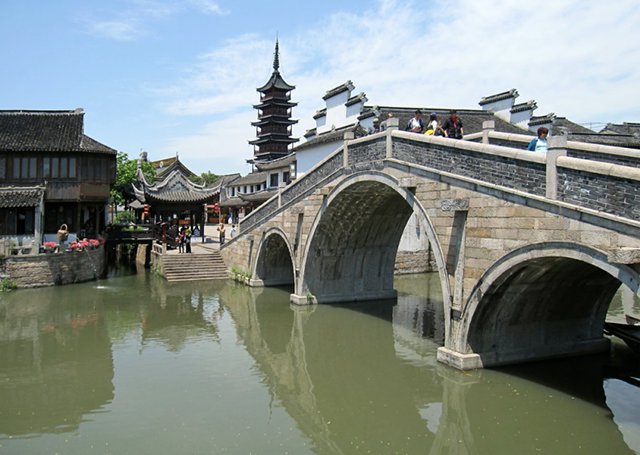
5. Qiandeng Agriculture-themed Area
Known as WuguFengdeng in Chinese, this area is a national 3A scenic spot located in the national agricultural demonstration zone of Qiandeng, covering an area of 15 sq km. It is surrounded by Airport Road to its north, S58 Expressway to its south, Changjiang Road to its west, and the ancient town of Qiandeng to its east. As a tourist attraction themed with eco-agriculture, it aims to provide tourists with an immersive experience of rustic and natural lifestyles¡ªwhere you can not only enjoy natural beauty and palatable food, but also shield yourself from urban hustle and bustle.
Recommended sites: 1) Flora Valley 2) Fishing Valley 3) Rice Valley 4) Wetland Valley 5) Green Silicon Valley 6) Datang Ecological Garden (ticket: RMB 20/person) 7) Flower Garden 8) Jingu Farmhouse 9) Crocodile Valley
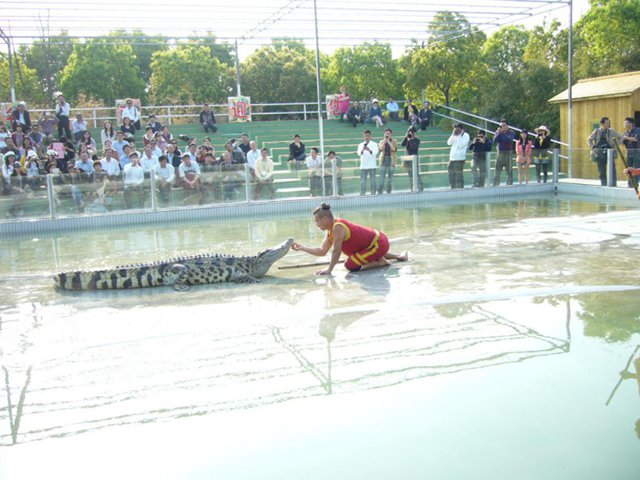


6. Bacheng
Bacheng is often associated with Yangcheng Lake crabs, a very famous local specialty. Therefore, Bacheng is often hailed as China's capital of crabs. Sitting next to Yangcheng Lake, Bacheng is an ecological tourist destination that offers visitors pleasant leisure, health management and shopping experiences.
Recommended sites: 1) Bajie Park 2) Chongning Temple 3) Bacheng Ancient Street 4) The 9th Weekday Eco-Farm Village 5) Kunshan Water Dream Park 6) Yangcheng Lake Wetland Park 7) Chaodun Site 8) Bacheng Eco-Farm Park 9) Xiefang Yuan 10) East China Ecological Park
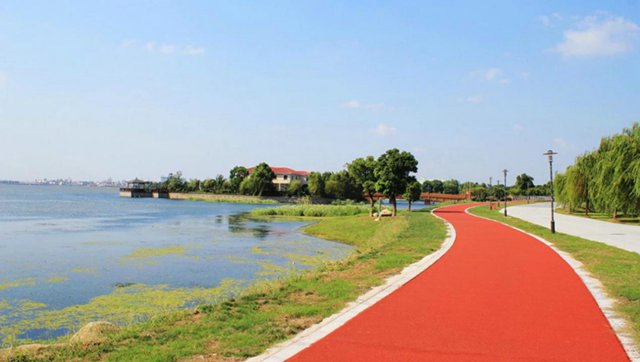

7. Dianshan Lake Area
Dianshanhu derives its name from Dianshan Lake (hu), which has played a crucial role in its economic success and prosperity. Dianshanhu is a unique and different town¡ªit is a livable tourist destination where you can not only enjoy a healthy and fashionable lifestyle, but can also fulfill romantic dreams; a fashionable place where you can enjoy leisure and refine tastes; a quiet retreat which insulates you from urban hustle and bustle while providing a healthy, ecological and refreshing lifestyle; and a magic place where you quickly switch between metropolitan and small-town lifestyles. In a word, Dianshanhu is a dream town where you would want to settle down. Once here, you will find yourself fascinated by it.
Recommended sites: 1) Fuli Wellbeing & Recreational Club 2) Rhine?Dream?Yacht?Club 3) Xubao Golf Club 4) Lake-rim Avenue 5) Liurudun 6) Dede Farm
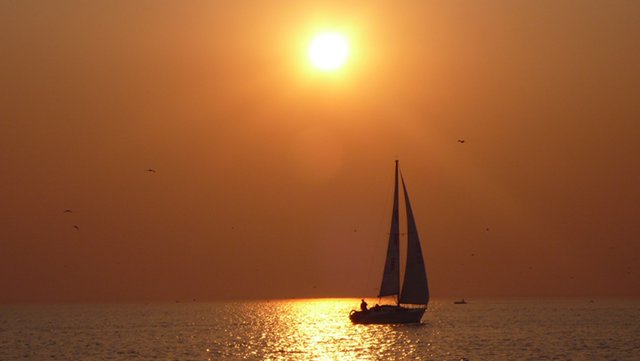
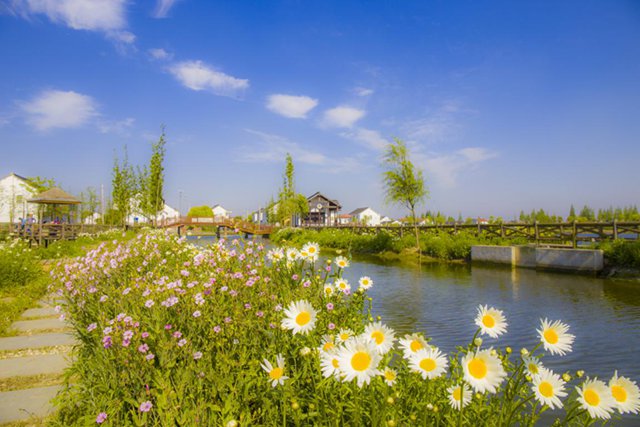
8. Zhangpu Agriculture-themed Tourism Area
Located in the center of Kunshan, this area has introduced a tourist program called ¡°Enjoy the Four Seasons¡±¡ªadmiring flowers in spring, eating melons in summer, picking fruit in autumn and relishing freshwater fish and shrimp in winter. Here, you can not only experience the fun of picking fruit in local orchards, but also satisfy your palate with tasty specialties.
Recommended sites: 1) Shangkunshi Agricultural Park 2) Sanjiacun Peach Orchard 3) Jianghang Tai Chi Water Village 4) Chinese Civilization Museum 5) N-Dimension Space
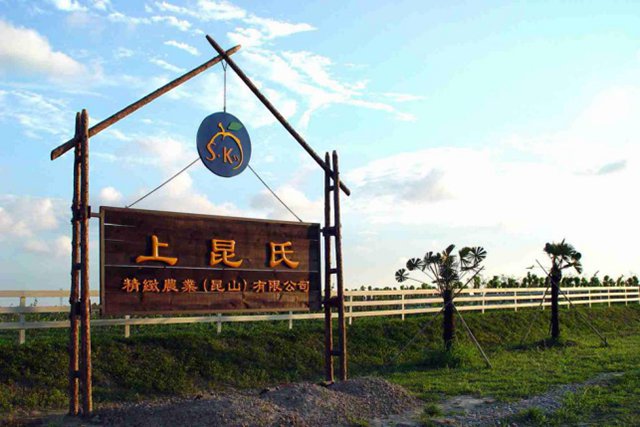
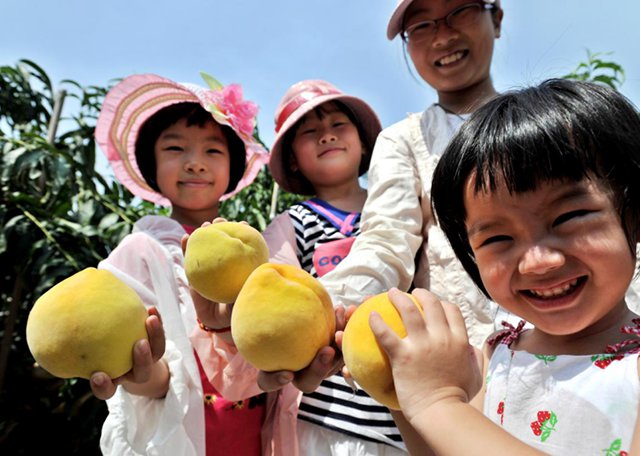
9. Tianfu Ecological Garden in Huaqiao
Tianfu Ecological Garden is located next to the intersection of Yanhu Avenue and Tianfu Road in Huaqiao Economic Development Zone. Centered on an ancient settlement, the garden occupies an area of 8 sq km, where tourists can pick vegetables, fruit- especially grapes, and be accommodated by local homestay service providers. The garden is a quiet retreat where you can experience the leisurely life of the countryside, giving yourself a respite from the commotion of everyday life.

10. Tinglin Garden
Tinglin Garden is a national 4A scenic spot. It was named in commemoration of Gu Yanwu, who was called by his contemporaries Sir Tinglin. The garden hosts the three treasures of Kunshan¡ªKunshi (Kunshan Rock), viburnum plicatum and Bingdi lotuses. It also houses three museums respectively dedicated to the Kunqu Opera, Gu Yanwu and Kunshi.
Ticket price: RMB 20/person.
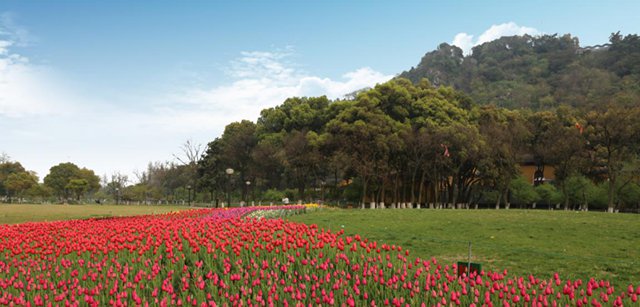

11. Forest Park
The forest park is a national 3A scenic spot, which is located 4 km northwest of the city center. Occupying an area about 500 acres, the park is open to the public free of charge. As a large urban park, it also serves to protect and restore the wetland, while functioning as a platform for science popularization and research. The park has received a number of honors, including "National Urban Wetland Park", "National Science Popularization Base" and the "First Health-Themed Park in Kunshan".
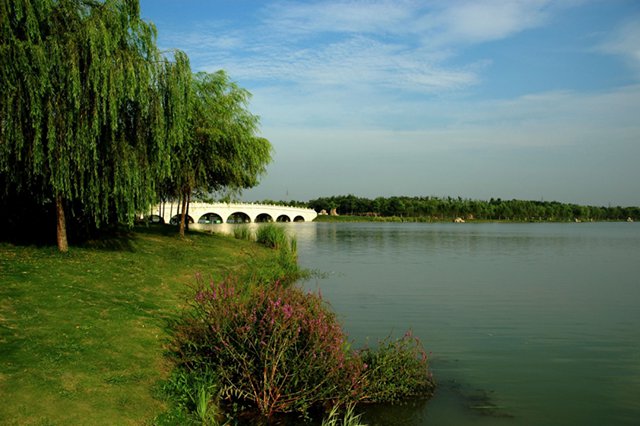
Line 1 of Tourist Shuttle Service
South Bus Station
Jinxi Bus Station
Zhouzhuang Bus Station
Line 2 of Tourist Shuttle Service
South Bus Station
Qinfeng Road, Qiandeng
Line 7 of Tourist Shuttle Service
Zhouzhuang Bus Station
Jinxi Bus Station
Foxlink Group
Dianshanhu Bus Station
Shuguang Road/Shuangma Road
Puyuan
Xingpu Street/Hongchuan Road
Huaqiao Station, Rail Line 11
Line 6 of Tourist Shuttle Service
Kunshan South Station
Xiangcheng Mingyuan
Siji Huacheng
Boyue Computer Mall
Yuxing Hotel
Flower & Bird Market
Yongjing Wan
Zaishui Yifang
Jijie Street
Renji Hospital
East Gate
Soochow Securities
Tinglin Park
Xishan Scenic Area
Forest Park
Dengyun College of Science and Technology
Huangdu River Bridge
Taihong Huayuan
Chaodunshan Village
Grand Shanghai International Golf & Holiday Resort
Yangcheng Lake Xiefang Yuan
Crab Market, Bacheng
Chongning Temple
Water Park, Bacheng
The company's signature product is Wansan Pork Shank, which is made using a secret recipe and traditional production techniques.
The cakes are wrapped in oilpaper attached with a piece of square red paper printed with the trade name, tied with a piece of rope made of grass.
Blueberries are a specialty of Jianghang Village, which is often called "Taichi Water Village". The package includes fresh blueberries, jam, juice and other blueberry products.
Bronze hand warmers produced by Zhouzhuang once won an award at the Nanyang Industrial Exposition. The lid and body are often carved with patterns of clouds, flowers, birds and insects. Used for warming hands in winter, they are also exquisite artworks.
Legend has it that Shen Wansan, a very rich man during the beginning of the Ming Dynasty, accumulated his enormous wealth using a treasure bowl. The treasure bowl is believed to be able to bring good fortune to its owners.
Called "Chinese Barbie dolls", the opera figurines are based on the characters of Fenfen and Momo, an animated movie produced with Kunqu Opera elements. The figurines are handmade using a special silk cloth, whose making technique has been listed as a nontangible cultural heritage. They were once presented by the Jiangsu Provincial Government as a gift to Wu Po-hsiung, former Chairman of the KMT (2007-2009).
Bamboo carvings by Ni Xiaozhou can best reflect the character of local scholarly people. In the Ni Xiaozhou Bamboo Art Gallery on the old street of Bacheng are displayed many great bamboo artworks.

All Rights Reserved
Address: No. 108, Qianjin Rd, Kunshan, Jiangsu Province, PRC
Tel: 0512-57303376
ICP Registration Number: ËÕICP No. 05030216


